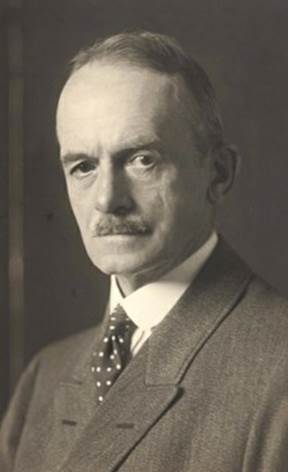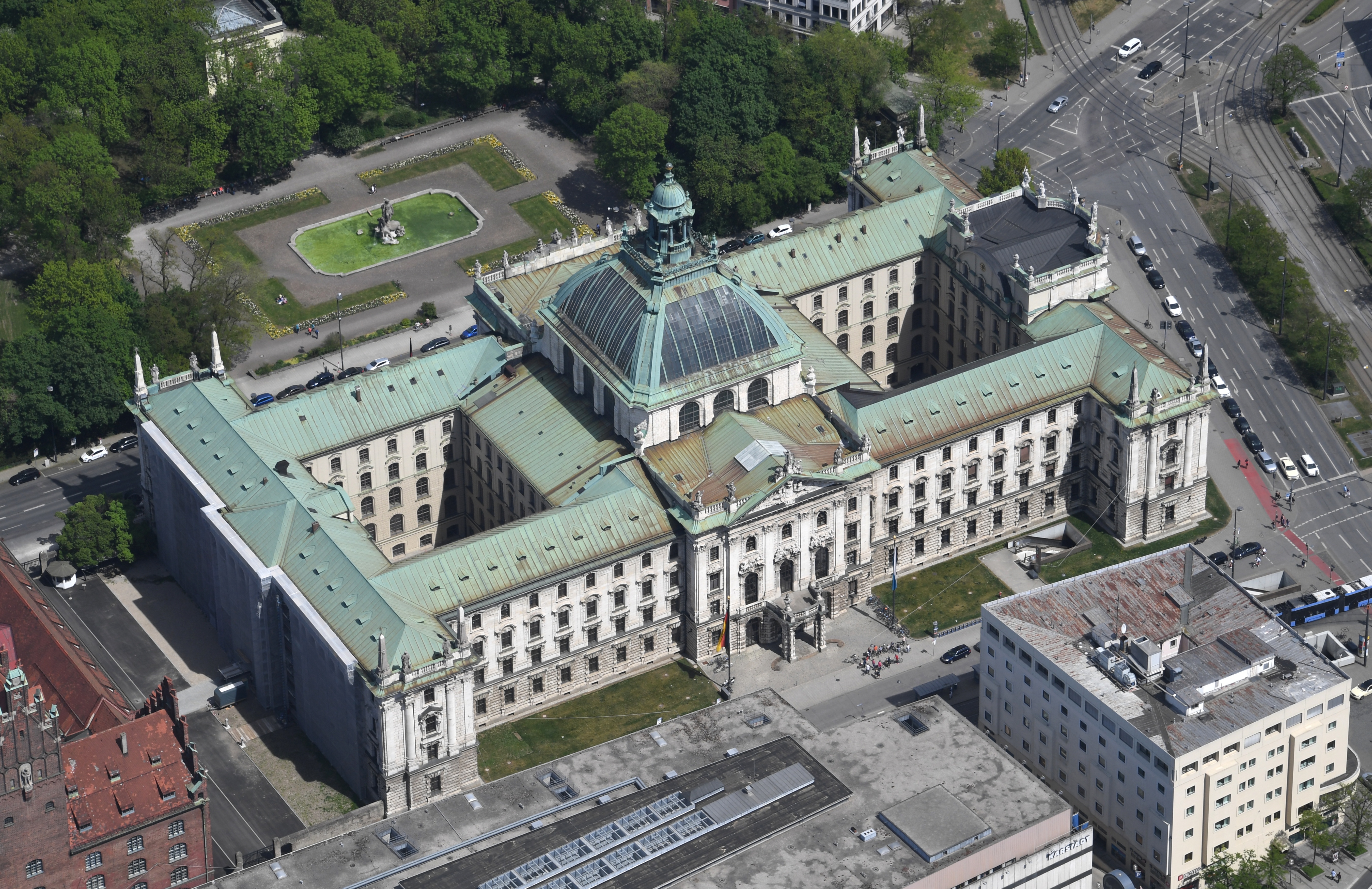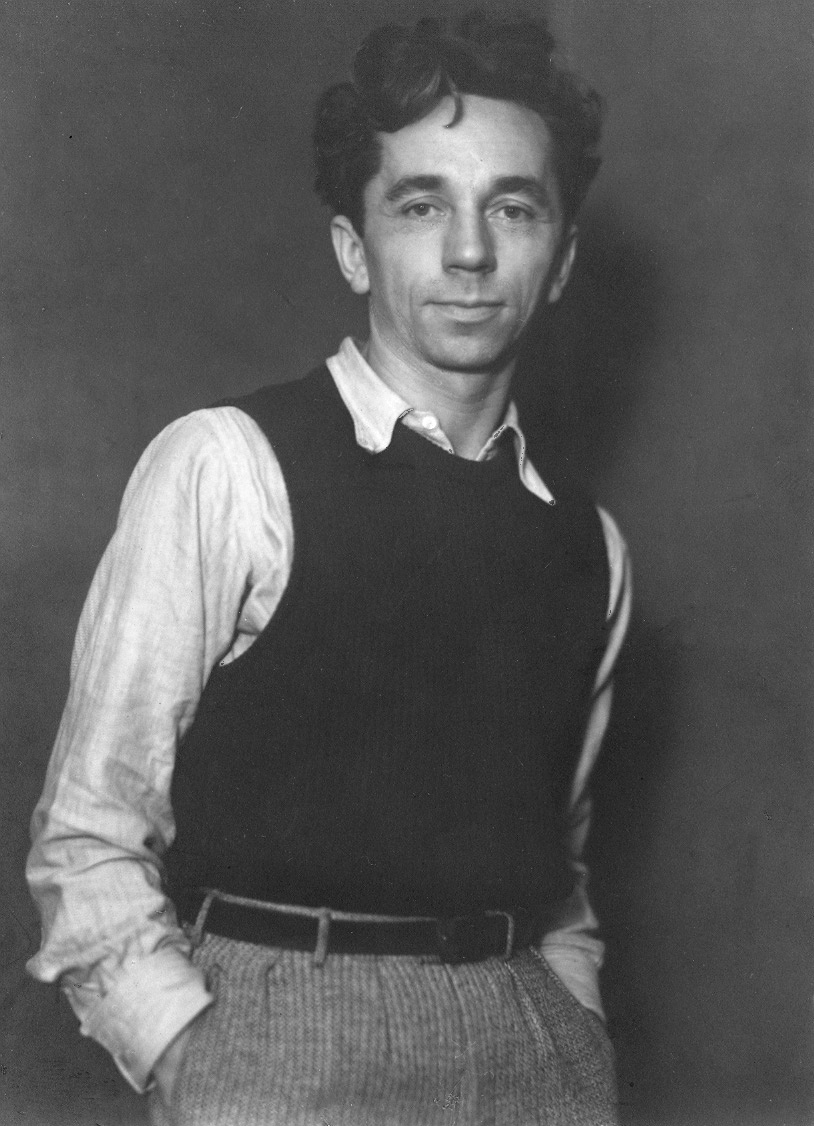|
Angelo Jank
Angelo Jank (30 October 1868 in Munich – 9 October 1940 in Munich) was a German animal painter, illustrator and member of the Munich Secession. He was the son of the German painter Christian Jank and specialized in scenes with horses and riders. Biography After graduating from the Wilhelmsgymnasium in 1888, he studied at the Academy of Fine Arts from 1891 to 1896 with Ludwig von Löfftz and Paul Hoecker and exhibited with several art societies at the Glaspalast. In 1898, he had his first showing with members of the Munich Secession. From 1899 to 1907, he was a teacher at the Women's Academy of the Munich Artists' Association. He was then appointed a professor at the Academy of Fine Arts, succeeding Wilhelm von Diez. In 1922, following the retirement of Heinrich von Zügel, Jank succeeded him as Professor of Animal Painting. Later, he was elected first Chairman of the "Association of Visual Artists" and presided over their exhibitions at the Glaspalast. For many years, he w ... [...More Info...] [...Related Items...] OR: [Wikipedia] [Google] [Baidu] |
Angelo Jank
Angelo Jank (30 October 1868 in Munich – 9 October 1940 in Munich) was a German animal painter, illustrator and member of the Munich Secession. He was the son of the German painter Christian Jank and specialized in scenes with horses and riders. Biography After graduating from the Wilhelmsgymnasium in 1888, he studied at the Academy of Fine Arts from 1891 to 1896 with Ludwig von Löfftz and Paul Hoecker and exhibited with several art societies at the Glaspalast. In 1898, he had his first showing with members of the Munich Secession. From 1899 to 1907, he was a teacher at the Women's Academy of the Munich Artists' Association. He was then appointed a professor at the Academy of Fine Arts, succeeding Wilhelm von Diez. In 1922, following the retirement of Heinrich von Zügel, Jank succeeded him as Professor of Animal Painting. Later, he was elected first Chairman of the "Association of Visual Artists" and presided over their exhibitions at the Glaspalast. For many years, he w ... [...More Info...] [...Related Items...] OR: [Wikipedia] [Google] [Baidu] |
Justizpalast (Munich)
The Justizpalast Munich (Palace of Justice) are two courthouses and administrative buildings in Munich. Buildings Justizpalast The palatial (old) ''Palace of Justice'' was constructed in 1890–97 by the architect Friedrich von Thiersch in Neo-Baroque style at the west side of the Karlsplatz (Stachus). The building of the Gründerzeit is dominated by a central glass dome (67 meters). The building is 138 meters long and 80 meters deep. The center of the building, which was designed around two courtyards, is the central hall measuring 19 m x 29 m. The four façades of the free-standing building are of varying proportions, but they have similarities with the granite base as a substructure and the colossal arrangement of pilasters or columns on the central structure and the corners. The three upper floors are surrounded by window frames and gables, the second floor being emphasized the most. On the northern façade, the east and west wings are projected as a corner avant-corps a ... [...More Info...] [...Related Items...] OR: [Wikipedia] [Google] [Baidu] |
Baron
Baron is a rank of nobility or title of honour, often hereditary, in various European countries, either current or historical. The female equivalent is baroness. Typically, the title denotes an aristocrat who ranks higher than a lord or knight, but lower than a viscount or count. Often, barons hold their fief – their lands and income – directly from the monarch. Barons are less often the vassals of other nobles. In many kingdoms, they were entitled to wear a smaller form of a crown called a ''coronet''. The term originates from the Latin term , via Old French. The use of the title ''baron'' came to England via the Norman Conquest of 1066, then the Normans brought the title to Scotland and Italy. It later spread to Scandinavia and Slavic lands. Etymology The word '' baron'' comes from the Old French , from a Late Latin "man; servant, soldier, mercenary" (so used in Salic law; Alemannic law has in the same sense). The scholar Isidore of Seville in the 7th century t ... [...More Info...] [...Related Items...] OR: [Wikipedia] [Google] [Baidu] |
1936 Summer Olympics
The 1936 Summer Olympics (German: ''Olympische Sommerspiele 1936''), officially known as the Games of the XI Olympiad (German: ''Spiele der XI. Olympiade'') and commonly known as Berlin 1936 or the Nazi Olympics, were an international multi-sport event held from 1 to 16 August 1936 in Berlin, Germany. Berlin won the bid to host the Games over Barcelona at the 29th IOC Session on 26 April 1931. The 1936 Games marked the second and most recent time the International Olympic Committee gathered to vote in a city that was bidding to host those Games. Later rule modifications forbade cities hosting the bid vote from being awarded the games. To outdo the 1932 Los Angeles Games, Reich Führer Adolf Hitler had a new 100,000-seat track and field stadium built, as well as six gymnasiums and other smaller arenas. The Games were the first to be televised, with radio broadcasts reaching 41 countries.Rader, Benjamin G. "American Sports: From the Age of Folk Games to the Age of Televised Spo ... [...More Info...] [...Related Items...] OR: [Wikipedia] [Google] [Baidu] |
Art Competitions At The 1936 Summer Olympics
Art competitions were held as part of the 1936 Summer Olympics in Berlin, Germany. Medals were awarded in five categories (architecture, literature, music, painting, and sculpture), for works inspired by sport-related themes. The art exhibition was held in a hall of the Berlin Exhibition from 15 July to 16 August, and displayed 667 works of art from 22 different countries. Additionally, the literature competition attracted 40 entries from 12 countries, and the music competition had 33 entries from 9 countries. The art competitions at the 1936 Games were similar to the 1928 and 1932 Games, with medals being awarded in multiple subcategories for each of the five artistic categories. The judges declined to award any medals for three subcategories, and no gold medals for another three subcategories. Art competitions were part of the Olympic program from 1912 to 1948. At a meeting of the International Olympic Committee in 1949, it was decided to hold art ''exhibitions'' instead, ... [...More Info...] [...Related Items...] OR: [Wikipedia] [Google] [Baidu] |
Adolf Ziegler
Adolf Ziegler (16 October 1892 – 11 September 1959) was a German painter and politician. He was tasked by the Nazi Party to oversee the purging of what the Party described as "degenerate art", by most of the German modern artists. He was Hitler's favourite painter. He was born in Bremen and died in Varnhalt, today Baden-Baden. Life Born to an architect father and a family of architects on his mother's side, Ziegler was always surrounded by artists. He studied at the Weimar Academy from 1910 under master of technique Max Doerner at the Academy of Fine Arts Munich. However, the First World War interrupted his studies when he signed up to become a front-line officer. After the war, he settled in Munich and continued his studies at the Academy of Fine Arts Munich in 1919, where he attended classes by art nouveau artist Angelo Jank. He ultimately achieved the position of professor at the Munich Academy in 1933, when the Nazis came to power. His works fitted the Nazi ideal of ... [...More Info...] [...Related Items...] OR: [Wikipedia] [Google] [Baidu] |
Carl Rabus
Carl Johann Rabus (May 30, 1898 – July 28, 1983) was a German expressionist artist and painter who was persecuted by the Nazis. Biography Rabus was born in Kempten, and studied under Angelo Jank at the academy in Munich. After various art exhibitions organized by Hans Goltz in Munich and by Der Sturm in Berlin Rabus worked as a book- and art illustrator in Berlin from 1923 till 1927. His works were published by several magazines like ''Eulenspiegel'', ''Der Orchideengarten'' and '' Jugend''. Along with contemporaries including Jacob Steinhardt, , Heinrich Richter-Berlin, and Conrad Felixmüller, Rabus "revived the techniques of woodcut and wood-engraving synonymous with the ''Die Brücke'' circle of artists and German Expressionism".Glenn Sujo, ''Legacies of Silence: The Visual Arts and Holocaust Memory'' (2001), p. 27. Upon the Nazi takeover in Germany in 1933, Rabus moved to Vienna, Austria, where he met his wife-to-be, Jewish photographer Erna Adler. However, they soon h ... [...More Info...] [...Related Items...] OR: [Wikipedia] [Google] [Baidu] |
Henryk Gotlib
Henryk Gotlib (10 January 1890 – 30 December 1966) was a Polish painter, draughtsman, printmaker, and writer, who settled in England during World War II and made a significant contribution to modern British art. He was profoundly influenced by Rembrandt, and the European Expressionist painters. Gotlib was a leading member of the Polish avant-garde 'Formist' movement in the interwar Poland. Life Gotlib was born into a middle-class family in Kraków, where he gained his earliest artistic training at the Academy of Fine Arts in Krakow from 1908 to 1910. Due to pressure from his parents, he also read law at the university in Krakow during this period, although it was clear from an early age that he had a profound passion for art. His earliest portraits of his mother, in which he experimented with a variety of styles including that of Vuillard and late Cubism, date back to when he was just 16 years old. He continued his artistic training at the Kunstgewerbeschule in Vienna ( ... [...More Info...] [...Related Items...] OR: [Wikipedia] [Google] [Baidu] |
Nina Arbore
Tamara Nina Arbore (18891942) was a Romanian painter and illustrator, known for her still-lifes and portraits. Life and work Her father, Zamfir and older sister, Ecaterina were both well-known political activists. She took her first art lessons from Nicolae Vermont while she was attending the public schools in Bucharest. In 1906, she enrolled at the Women's Academy of the Munich Artists' Association, where she studied with Angelo Jank. After completing her studies, she went to Paris, where she found a position in the studio of Henri Matisse. Upon her return to Bucharest, she held her first personal exhibition there. Together with her friends, Cecilia Cuțescu-Storck and , she formed what was known as the "Grup al celor trei doamne" (Group of Three Ladies), as a counterweight to the "Grupul celor patru" (Group of Four), consisting of Nicolae Tonitza, Francisc Șirato, Ștefan Dimitrescu and Oscar Han. In 1916, her group became the founders of the "Asociația femeilor pictore ... [...More Info...] [...Related Items...] OR: [Wikipedia] [Google] [Baidu] |






